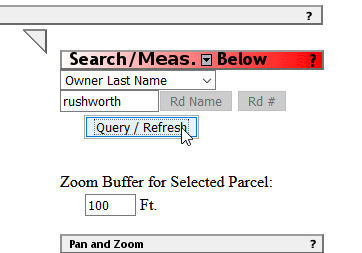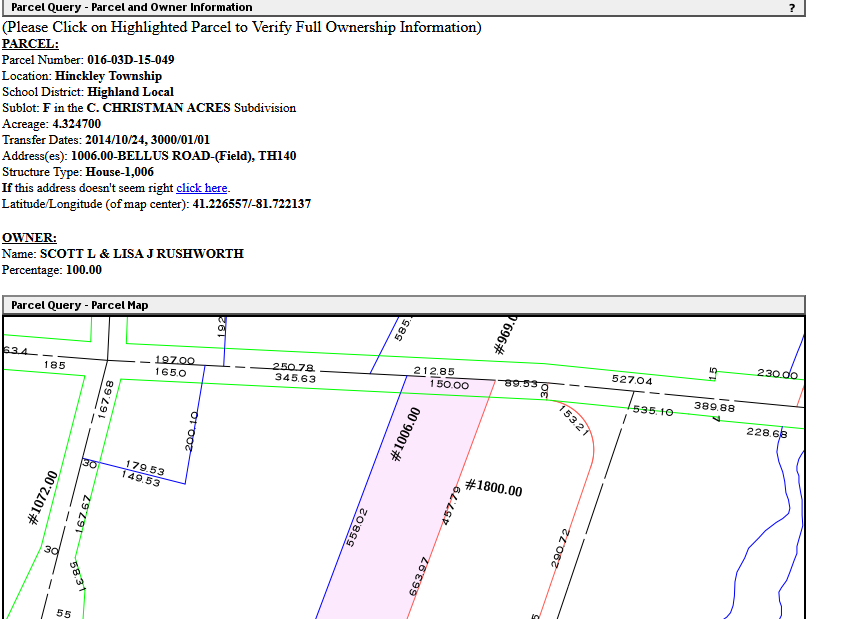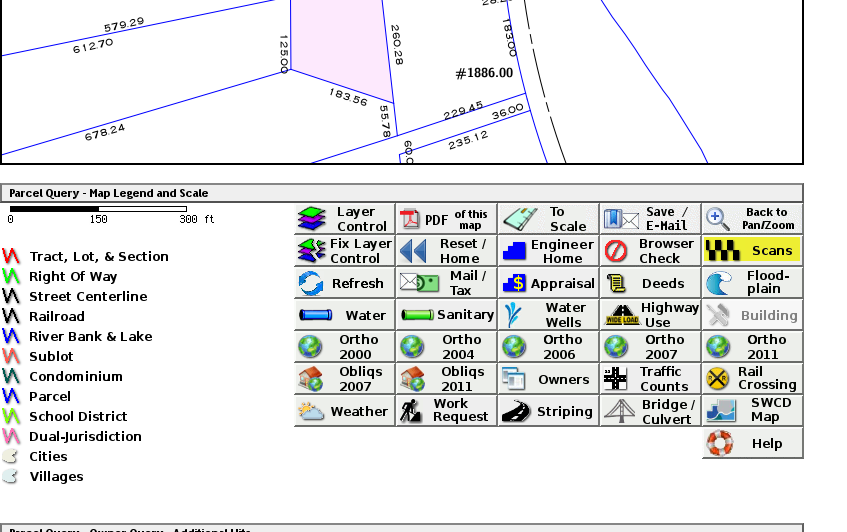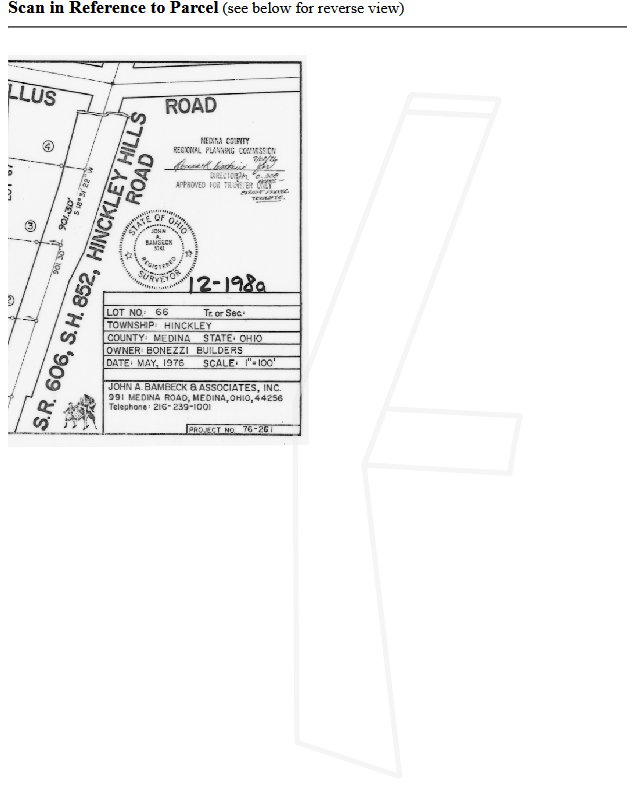Author: Lisa
First Harvest – 2020
There are green tomatoes ripening, the beans are growing on the bush beans … and we’ve got cucumbers! I knew there were flowers with little proto-cucumbers growing. Anya and I were grilling dinner tonight, and I noticed a large diameter end of a cucumber nestled in the center of the plant. Pushed aside a few leaves and wow, that’s a large cucumber. I held Anya’s hand so she could lean over into the center of the plant and she found four more! There are still a lot of flowers and cucumbers starting too.
SCCM Shows “No items found”
The Windows 10 1909 upgrade was rolled out at work, and I got the “if you don’t get this installed, I’m gonna tell your manager” e-mail. Which is odd since all of this ‘stuff’ is supposed to be doing its thing in the background. But whatever. So I opened the “Software Center” and was told there were no items found under applications. Which … possible, I guess. I don’t use IT-deployed software that isn’t part of the stock image. But clicking over to “Operating Systems” (where the update should be found) also yielded “No items found”.
I know enough about Microsoft applications & AD to know I’m on cached credentials when I initiate the VPN connection. No idea what the refresh period is like, so I lock and unlock my workstation to ensure I’ve got an active authentication token. But that didn’t help — still no items found. I had to go into the “Control Panel”, open “Configuration Manager” as an administrative user, and select the ‘Actions’ tab. There were two — “Machine Policy Retrieval & Evaluation Cycle” and “User Policy Retrieval & Evaluation Cycle”. I ran both of them. A few minutes later, I went back into the Configuration Manager utility & found a bunch of things on the actions tab.
I ran all of them — nothing changed. Then let the computer sit for a few hours (I’m certain less than a few hours would have sufficed, but I had other things to do). Ran all of the actions again, and a notice popped up that I have new software available. Sigh! Now I’m downloading the six gig update — a process that should be done in a few hours. But at least I’ll have the update installed before the deadline.
In the process, I also discovered that the CCM logs have been moved from SYSTEM32/SYSWOW64 and are now located at %WINDIR%\CCM\logs
Kid Coding
I’ve seen a number of articles written by developers and IT folks promoting how they won’t be teaching their young kid to code. Of all of the arguments against teaching kids to code, the only one that really strikes me is the fact that a lot of parents don’t know how to code themselves. Now, I expect it is possible to not know French but manage to cobble together some approach to teaching your kid French. It’s a lot easier (and the results are apt to be better) if you actually know some French. My decision to teach my daughter to code doesn’t mean it’s a vital skill that every kid needs to learn to prepare them for future jobs. But, since it is something I do, it is something I share with my daughter. If she weren’t interested in what is going on beyond getting it all typed in, I’d stop. But she’s interested in exploring beyond what the coding book tells her to type. As we created a little character on the screen, Anya wondered if we could make different little figures. At different locations. In different sizes. In different colors. In using Scratch, she develops characters and game play.
Why teach a seven year old kid to code? Why do you teach your kids anything apart from the mandatory school curriculum? Working on the car? She can help and learn a bit about how vehicles work. I replaced the tube on my bicycle tire, and she helped. She was aware that bicycle tires had replaceable tubes that could explode on you … which was useful knowledge when she blew out her own tube. She sews with me — embroidery and a machine — because being able to patch clothes saves having to replace things as frequently. Mowing the lawn – she’s aware that a house with a lot of land requires work and knows how to safely operate both the push and riding mowers. Gardening – she knows where food comes from, how to grow her own, and how much work actually goes into feeding the country. She’ll participate in chicken keeping – somewhat so she knows where eggs come from and the amount of work that goes into egg production, but also because pets are fun (and our chickens will certainly be more socialized with her involvement). We share all sorts of activities with our daughter because we enjoy them. Some intrigue her, some don’t. But how do you learn where your interests are if your exposure is limited to reading and math for the first decade, then science and history for the next almost decade?
All of that provides useful, practical knowledge. And learning to code is certainly useful and practical. But the utility of such knowledge, the practicality of such knowledge isn’t the reason I am teaching my daughter to code. Or, for that matter, the reason I’ve taught her anything else at home. These activities involve deductive reasoning, analytical thought, problem solving, research skills, or accepting instruction from others. All of which are generally useful in life.
Statistical Coverup
Aced
Zoning Variance Request – Reduced Setbacks
There is a prospective buyer who has requested a variance to the township’s setback requirements in order to build his house on a neighboring property. The zoning requirements stipulate a 120′ front setback from the center-line of the private right-of-way (i.e. the park’s road) and a 50′ rear setback from our property. The original request cited a 90′ front setback based on a public right-of-way, but that is not correct. While the request states he wants to reduce the front setback by 40′ and the rear setback by 34′, I think the actual request on the front setback is 70′.
There are a few justifications provided for the setback request — that there are technical limitations that mandate the variance, that the elevation means the property won’t bother the neighbors, that the previous zoning would have allowed construction within these bounds, and neighboring properties have similar encroachments.
While we are not trying to create a hardship for the buyer, we were given notice of a public hearing and told it was the time to state our opinion. When we were shopping for a house, we specifically wanted to live in a rural environment. When I consider the use and enjoyment of one’s property, consideration is not limited to the structures erected on the property. We specifically wanted to purchase several acres of land with wooded areas because hiking in the woods is an enjoyable activity.
Hinckley’s Master Policy Plan highlights the community’s desire “to protect and promote the rural and natural character of the Township”. This is not a new initiative in Hinckley, the 2003 Master Policy Plan speaks to preserving “the existing rural character and image of the township”. Part of our house shopping process included reviewing zoning regulations — we wanted to maintain a large garden and possibly raise farm animals. And we didn’t want to learn after purchasing a home that we were legally precluded from using the property as we desired. One of the attractive things about Hinckley was the large minimum lot sizes and expansive setback requirements.
Technical Limitations — To me, a technical limitation of a lot would be where a combination of zoning regulations preclude building on the property. As an example, after accounting for setback requirements, the smaller non-conforming lots may not have enough buildable land to construct a home with the minimum floor area requirements with two off-street parking spaces. It may not be possible to build a compliant home on a two acre lot, once elevation and waterways are considered.
In this case, there is land available for the footprint of the structure. One of the things I would like to see during the site review is the dimension of the land deemed buildable. The fact a particular home design does not fit on a lot is not a technical limitation of the lot. It is reality. There are millions of other homes, of similar size and with similar features, which could be built on the lot and fully comply with the zoning regulations.
Elevation — While the structure in question may be 30+ feet in elevation over the park’s road, carpark, and hiking trail, it is not 30′ in elevation over the woods where we hike.
Non-conforming Lot Setbacks — Section 4.1.G stipulates minimum side and rear yard depths for R1 and R2 District lots covered in the “Substandard Lot Provisions”. Section 6R1.4.K lists three sub-standard lot minimum lot areas: 32,670 sq ft (0.75 acre); 66,000 sq ft (~1.52 acres); 65,340 sq ft (1.5 acres). The lots, as previously platted, were each under 0.75 acres. Survey Book 39, page 212 contained the “current” platting prior to the lots being combined. Lot A is 0.4947 acres, lot B 0.4707 acres, lot C 0.4780 acres, and lot D 0.4960 acres. As such, it was my understanding that anyone who desired to build on one of the lots would require a variance due to the lot size — which would allow us the opportunity to review and comment on the proposed structure.
Additionally, the fact that a structure could have been build with a fifteen foot rear setback on each of the previously existing lots is a specious argument. This isn’t a non-conforming lot. The property owner voluntarily combined the four sub-standard lots into one standard lot. This included adding formerly unowned property under Bellus Road. If the desire was to build within the allowable parameters of a sub-standard lot, then the lots should have remained sub-standard.
Setback of Other Neighboring Properties — The closeness of neighboring properties was one of the few negative points about our property — walking around the kitchen patio feels walking in the neighbor’s back yard. Walking from our back yard along the South side of the property feels like walking in the neighbor’s side yard.
The other houses in the neighborhood are well over fifteen feet from their rear property lines. These measurements (1) assume decks, patios, and above-ground pools are not used in determining setback distances and (2) estimates based on the aerials from the Medina County Engineer’s GIS system. About 20′ of our house is about 25′ from the property line. Because the Medina County Engineer’s GIS system has the aerial OSIP (Ohio Statewide Imagery Program) tiles and parcel lines misaligned, the house appeared to be about 45′ from the property line. It wasn’t until we’d lived here for a year or two that Scott and a friend searched out the property pins and we realized the line was really close to the house.
Z’s garage is about 40′ from the property line. Greg and Erica’s house is over 50′ from the rear property line with an accessory building very close to the property line. Larry’s house is over 50′ from the rear property line, although the rear deck and pool and accessory building are quite close to the property line. Mark and Rae’s is over 50′. Cynthia’s house is well over 50′, but there is an accessory building situated near the property line. Side lot setbacks are certainly not in compliance with zoning standards for two acre lots, but all of these lots are well under two acres
But, of the six houses in the neighborhood, half were built more than 50 years ago. Two of the remaining three were built 30 years ago, and the newest house was built 20 years ago. I do not know what the zoning regulations contained decades ago (i.e. these may well have been compliant at the time), and the older houses may well predate zoning regulations. Even if the zoning regulations were exactly the same at the time, we didn’t participate in the variance discussion because we didn’t live here. For half of the properties, we weren’t even born.
| Owner | Street Number | Year Built | Years Ago |
| Z | 1830 West Dr | 2000 | 20 |
| Greg & Erika | 1850 West Dr | 1953 | 67 |
| Larry | 1860 West Dr | 1990 | 30 |
| Mark & Rae | 1870 West Dr | 1961 | 59 |
| Cynthia | 1886 West Dr | 1940 | 80 |
| Scott & Lisa | 1006 Bellus Rd | 1990 | 30 |
Something’s existence does not make more of it desirable. There is traffic on Bellus Rd, but having Center Rd rerouted to our street while the bridge was under construction was disruptive.
The variance process is not a common-law system — a variance being issued in once circumstance does not set a precedent that requires similar variances be issued.
In Denial
Medina County: Finding Survey, Deed, and Permit Info
I had downloaded some PDF files of the county survey books after we first bought our house. We wanted a little more info, but were completely unable to find where I’d gotten the survey book pages. Fortunately, a very helpful individual at the County Recorders office knew what I had and exactly how to get there. Figured I’d write it down for the next time we want to pull up survey information. The trick is to not use the new Medina County GIS website.
From http://engineer.medinaco.org, select “Traditional” from the GIS menu. This will bring you to the old county GIS interface at http://engineer.medinaco.org/cgi-bin/mchequery.cgi
From the drop-down menu hidden between the red bar and an text input and select a search type (Parcel Number, Address, Owner Last Name)

Click Query/Refresh

You will now see information about the searched parcel and a map. Scroll down.

From here, you can access a bunch of different information – for the survey books, select “Scans”.

There’s a lot of information available. In the Surveys, there’s a cool feature — the top part of the page contains a portion of the document and a light gray outline showing the searched parcel — when you cannot figure out why a particular page shows up when your parcel isn’t involved — look for a tiny portion of your parcel that’s technically on the page. In this example, a few feet of our lot appear under the information block. There are a few pages where the little section of land on the public right-of-way appear somewhere along the bottom portion of a scan. I expect they’ve got the corners of each page tagged with geographic information & your scan query retrieves anything where any of your lot falls within those bounds. Survey and tax map go back over a hundred years, and it’s neat to see how the property lines have changed (and not changed). Plus, I now know Bellus Rd was named after the family that owned the farm across the street from us.
Since I’m writing down where I’ve found important documentation … I’ll add:
Building permits are available through the Medina County Building Department at https://medina.onlama.com/Default.aspx
Deed transfers, mortgage instruments, etc are available through the Medina County Recorder at http://recordersearch.co.medina.oh.us/OHMedina/AvaWeb/#!/search




